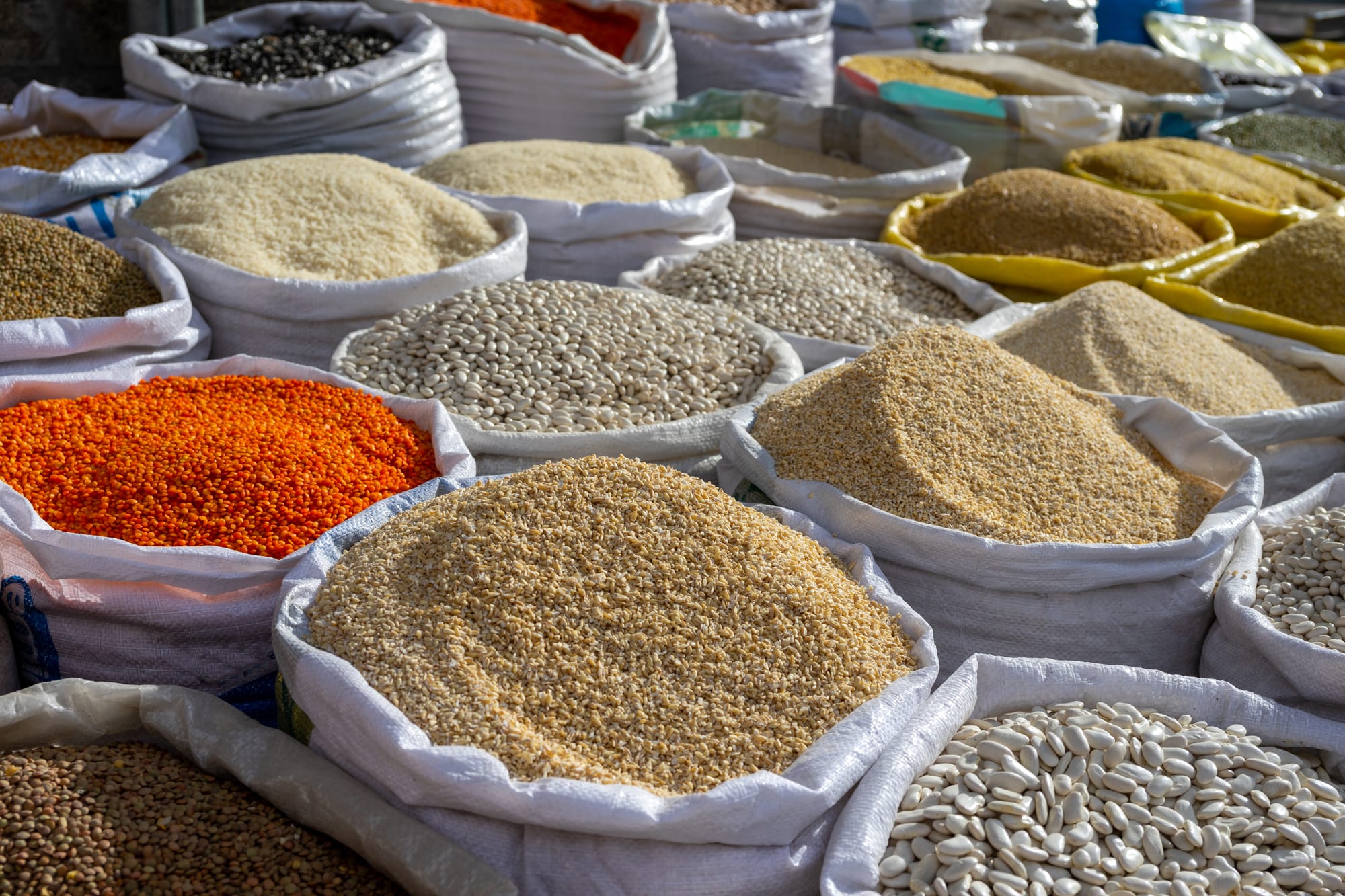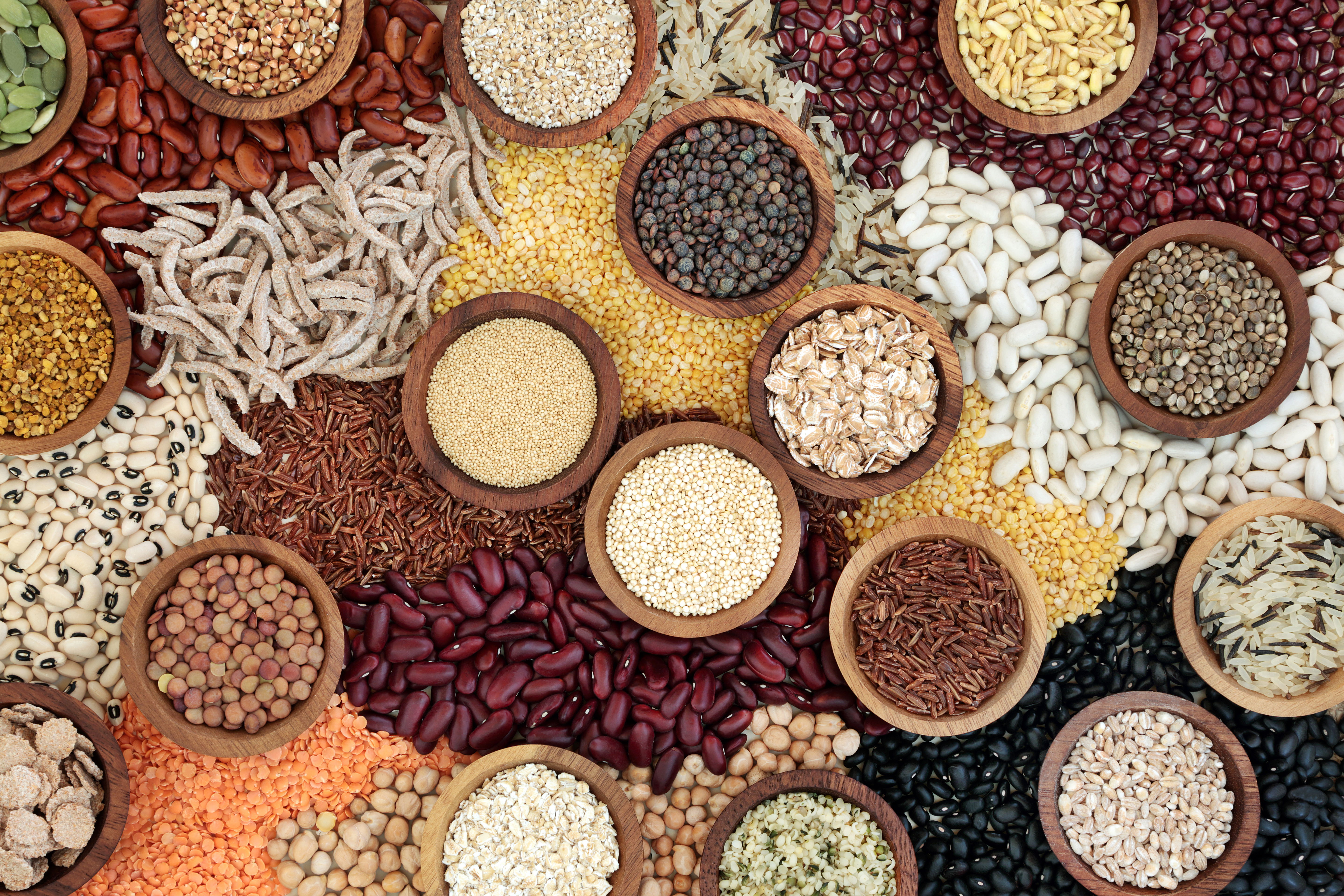
India’s kharif pulses sowing has picked up pace, with the area under cultivation rising 11% year-on-year to 262.15 lakh hectares. As of early July, pulses sowing stood at 21.1 lakh hectares—up from 15.4 lakh hectares during the same period last year. The early momentum suggests a promising start to the season. However, even with the increase in sowing, India’s dependence on imported pulses remains high, raising concerns about the impact on domestic farmers.
In FY25, imports touched a nine-year high of 6.7 million tonnes, driven largely by a surge in yellow peas, which reached 2.04 million tonnes—the highest since 2018. Despite the growth in domestic cultivation, international supplies continue to flood the market due to attractive price differentials, undermining local produce.
Bimal Kothari, Chairman of the India Pulses and Grains Association (IPGA), noted that sowing trends look broadly positive for crops like moong and urad. "Compared to earlier years, I think we have a good sowing so far," he said. However, there is some concern around toor, especially in states like Karnataka and Madhya Pradesh, where reports suggest sowing may be down by 25% due to a shift in acreage to other crops.



